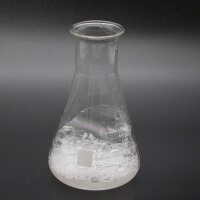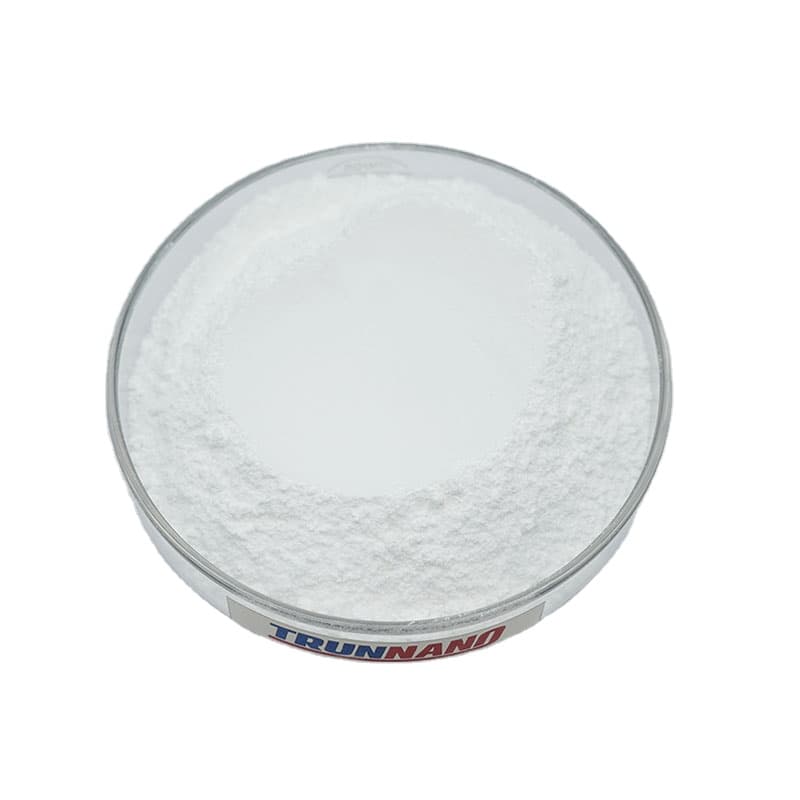Professional solutions on concrete addtives, Concrete Foaming Agent, Superplasticizer, CLC Blocks Additives, and foaming machine
(What is the role of the air-entraining agent in concrete?)
What is the role of the air-entraining agent in concrete?
Air-entraining agents can introduce many evenly distributed, stable, and closed micro-bubbles in concrete mixing. Concrete mixed with an air-entraining agent can significantly improve the paste's compatibility and the hardened concrete permeability and frost resistance. Although mixed with air-entraining agent concrete production is very small, the impact on the concrete industry is very large, the main role of.
1. Improvement of concrete compatibility
Admixture of an air-entraining agent, the formation of a large number of tiny closed air bubbles in the mix, these micro-bubbles as a ball, reducing the aggregate particles between the Mochi-resistance, so that the mix of ten mixing fluidity increase, especially in artificial sand or natural sand particles coarse, poor grading and cement concrete ten in the use of the effect is better. At the same time, due to the uniform distribution of water in many bubbles on the surface, the amount of water can move freely to reduce the concrete water secretion.
2. Improve the impermeability, frost resistance, and durability of concrete.
Frost resistance
It is well known that the main function of air-entraining agents is to improve the frost resistance and durability of concrete. The air-entraining agent, as the most important technical measure to improve the frost resistance of concrete, has been widely used in engineering practice, and its effect has been recognized.
Generally, the air content of non-air-entraining concrete is less than 1.8%, and this part of the air bubbles are mostly trapped large bubbles, which have a very unfavorable effect on the performance of concrete. However, air-entraining agents produce mostly uniform tiny bubbles, which have many favorable effects on concrete properties and differ greatly from trapped large air bubbles.
The optimum air content introduced is 3-6% plain concrete and 9-10% mortar. Within the above control range, the frost resistance of concrete gradually improves with the increase of air content, up to tens of times. As the air-entraining agent in the concrete can introduce a lot of uniformly distributed tiny bubbles, all kinds of materials in the concrete have the role of inhibiting the settlement of water secretion and preventing the uneven configuration of concrete materials, thus preventing the occurrence of large air bubbles in the blank concrete on the unfavorable situation of concrete frost resistance. Tests show that with the introduction of 2.2% air content so that the total air content of concrete to 4%, the durability index of the soil mix can reach 120%. In comparison, the original only contains a 1.8% air content concrete durability index of only 15%.
However, it is not that the greater the air content, the better; the air content exceeds a certain limit, and the concrete frost resistance will be reduced, such as the amount of air-entraining increased by 1%, mixed tight ten strength decreased by 3% -5%.
Seepage resistance
Literature research shows that the introduction of 4% air content in concrete can make the impermeability of about 15% or more because the air-entraining agent changes the alkaline pore structure system, closes a lot of capillary pore channel, at the same time in the formation of cement particles on the surface of the water-repellent film, thus reducing the capillary suction effect.
Many of the introduction of secretions are small pores that can not be filled by water, excess down to relieve the physical expansion. This improves the permeability.
The water-cement ratio is the main factor affecting the performance of permeability. The larger the water-cement ratio surrounded by cement particles of the waterproof layer is thicker, many the mixing water in the cement stone to form interconnected and irregular capillary channels, increase the water permeability of the concrete, mixed with an air-entraining agent and high-efficiency water-reducing agent of the concrete water-cement ratio of 0.5 or less, or even up to 0.3 or less, the change in the porosity of the concrete, coupled with air-entraining agent produces a fine, uniform, independent and do not want to pass through the air bubbles, effectively isolate The change of porosity in concrete, coupled with the air-entraining agent produces small, uniform, independent bubbles that do not want to pass, effectively isolate the capillary channels in the concrete, preventing water penetration. We use a variety of methods of testing to show that the mixing of air-entraining agents of concrete impermeable marks up to S12 or more. Engineering practice has proved that air-entraining agents and water-reducing agents formulated concrete without needing other waterproofing measures, you can achieve the purpose of waterproofing and impermeability, and the economic benefits are very considerable.
3. Reduce the strength of concrete; deformation capacity increases
Due to the presence of a large number of bubbles, reducing the effective bearing area of concrete so that the strength of concrete is reduced. General air content increases by 1%, the strength decreases by 4-6%, and the flexural strength decreases by 2-3%. To prevent the strength of concrete from decreasing too much, the construction should strictly control the content of air-entraining agents and introduce air-entraining water-reducing agents to make up. Mixed with an air-entraining agent, the concrete gas content limit can be controlled by the maximum particle size of the aggregate. The maximum particle size of coarse aggregate is larger, the smaller the appropriate air content of the response. For air-entraining agents with a certain water reduction effect, the concrete strength is compensated by reducing the water-cement ratio. Therefore, the use of air-entraining agents to strictly control its mixing amount to achieve the best results.
In addition, due to the presence of many bubbles, the elastic deformation of concrete increases, and the modulus of elasticity is reduced, which improves the crack resistance of mixed tight ten. Mixed with an air-entraining agent of concrete dry shrinkage deformation also increased slightly.
4. Increase the volume of concrete
Due to the introduction of many air-entraining agent bubbles, the volume of concrete increases, and the density decreases, so it can save materials and increase the construction area.
Tests have shown that the air-entraining agent or air-entraining water-reducing agent for concrete or cement mortar in the mortar or to get the adverse effects of the fluidity of the concrete small, especially for plain concrete; the effect is better. Therefore, the application effect of an air-entraining agent or air-reducing agent applied to cement mortar or directly with coagulation to test the results is more satisfactory.
In summary, the application range of air-entraining agents is relatively wide, and the technology is not complex, mainly the selection of better products, strict control of the dosage, and comprehensive consideration of various factors on the impact of gas content will be able to achieve the best economic benefits.
Concrete additives Supplier
TRUNNANO is a reliable concrete additives supplier with over 12-year experience in nano-building energy conservation and nanotechnology development.
If you are looking for high-quality concrete additives, please feel free to contact us and send an inquiry. (sales@cabr-concrete.com)
We accept payment via Credit Card, T/T, West Union, and Paypal. TRUNNANO will ship the goods to customers overseas through FedEx, DHL, by air, or by sea.
(What is the role of the air-entraining agent in concrete?)








